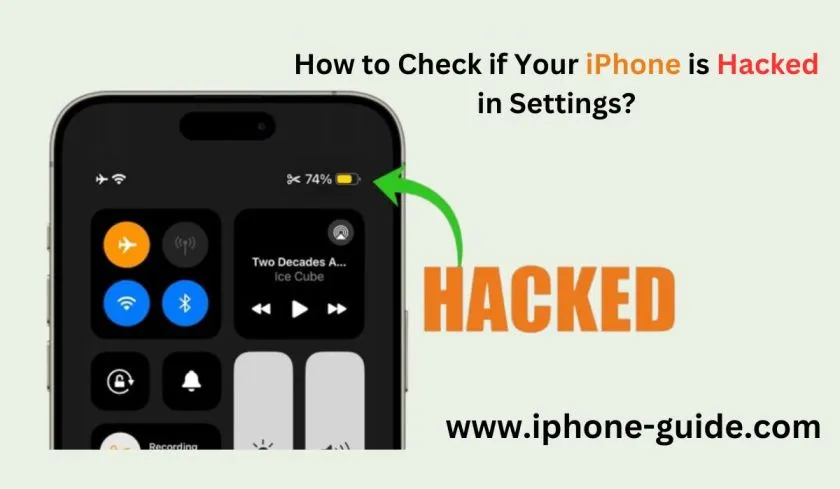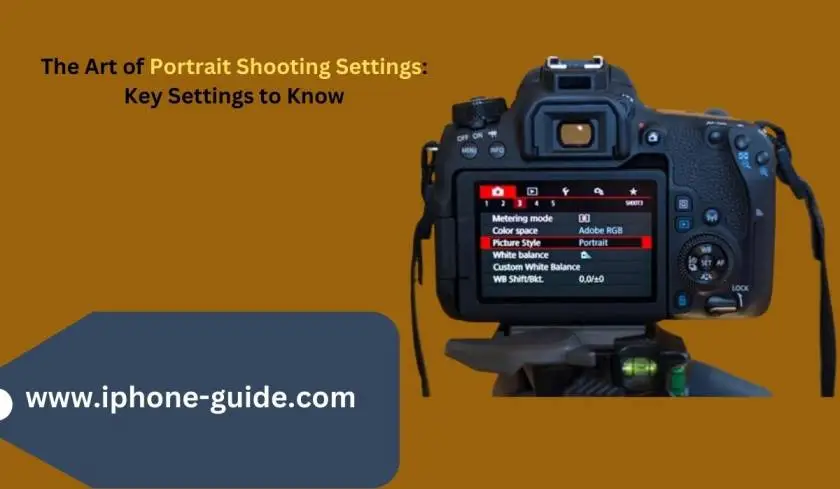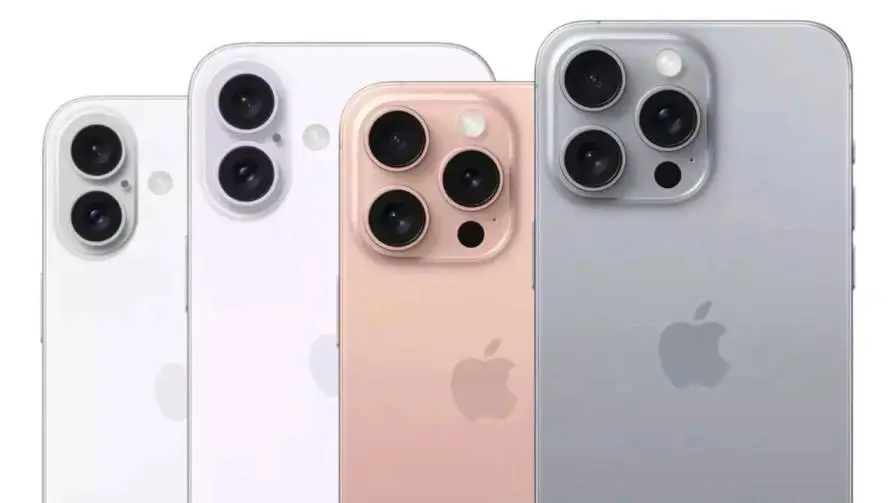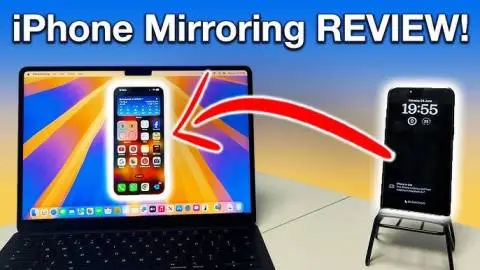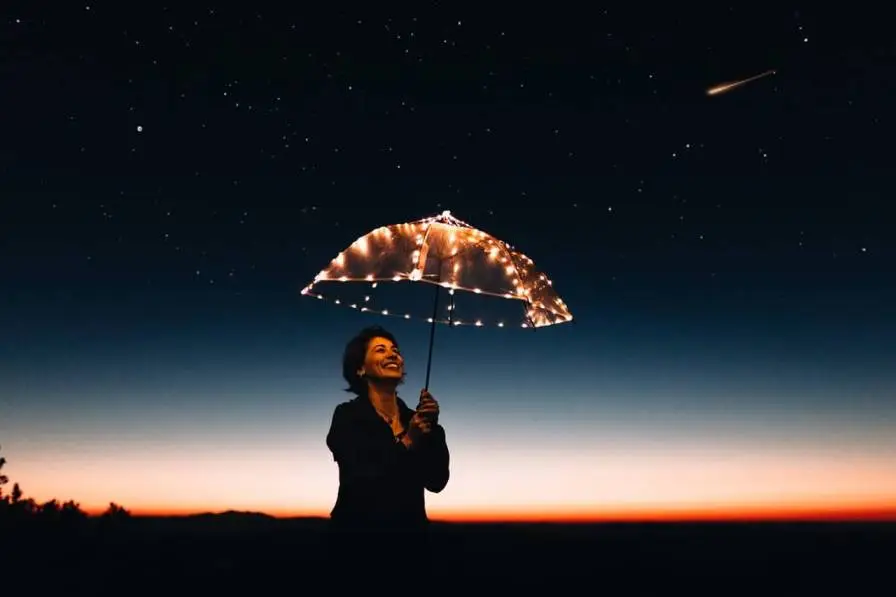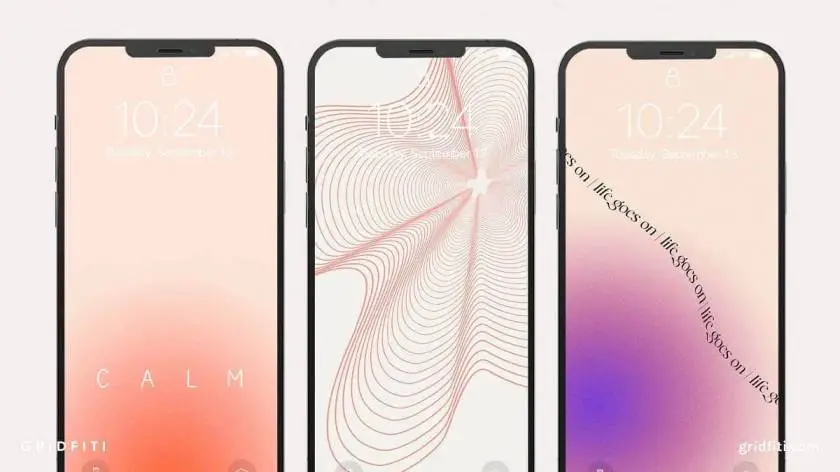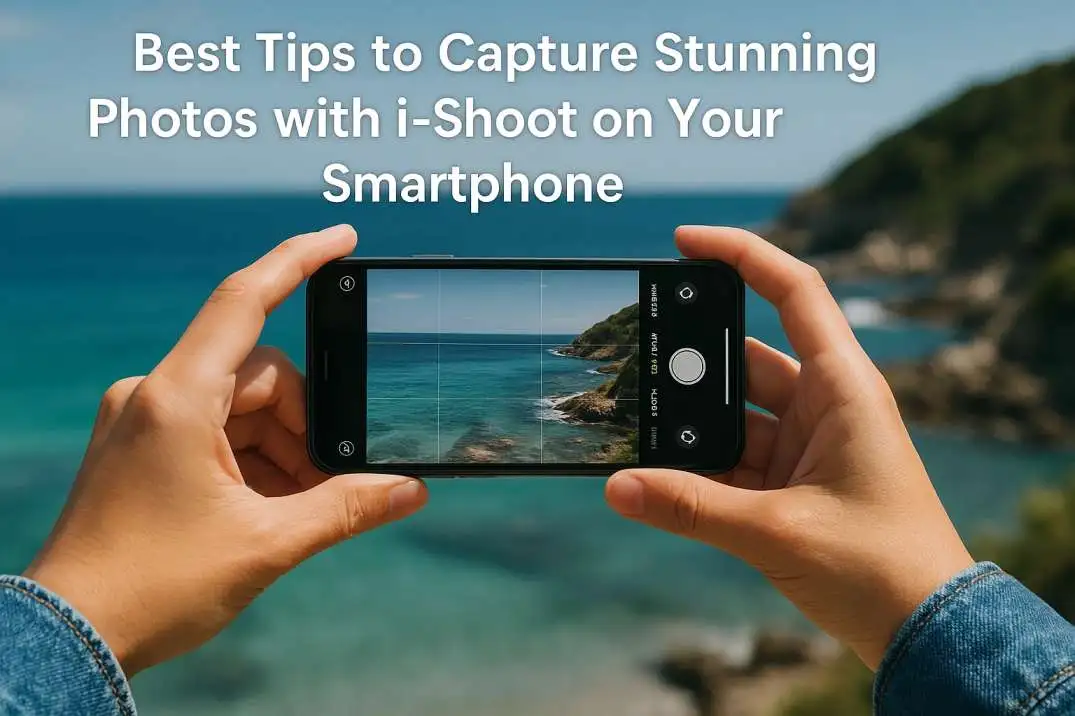
Best Tips to Capture Stunning Photos with I-Shoot on Your Smartphone
How to take good photos with an Android phone? Need to take superior smartphone photography? Here are 10 smartphone photography tips to get you snapping like a pro.
These days, everybody has a camera on them through their phone. Smartphone cameras may not be up there with DSLRs when it comes to quality photography, but they are getting superior and superior, and for numerous individuals, they’re the onlycameras they use.
Since the discharge of the firstiPhone, the way that we utilize our (in some cases) pocket-sized gadgets has changed the world. You can presently contact anybody, anyplace, anytime; surf the net; and track the stars. Anything you require to do, as the ancient Apple advertisement states, there’s an app for that. The story is not diverse when it comes to photography.
How to Take Good Photos With Phone Android?
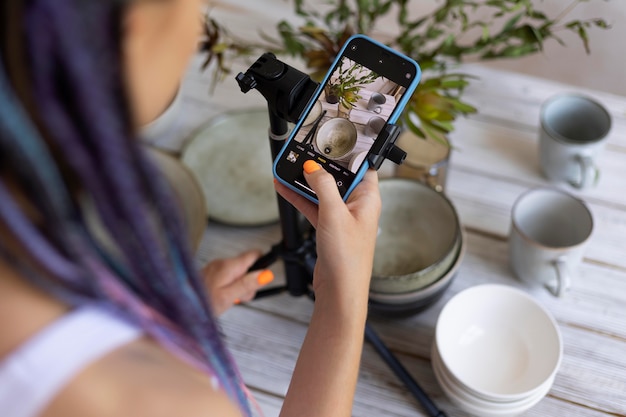
If you have a smartphone, and it’s likely you do, you have consistent accessto a computerized camera. And no, it’s not fair for dodgy selfies or the odd video call where you see only your cherished ones’ cleared-out nostril for the term. Presently, your smartphone camera can be an awesome way to investigate and create your photography abilities.
Related Article: Blackmagic Pocket 4k and 6k Video Guide-DSLR Video Shooter Academy
Smartphone cameras have come a long way since their humble 4MP, potato-quality beginnings. Numerous options empower you to shoot in RAW, up to 50 MP and beyond, with different central lengths and shooting modes, not to mention clever on-device altering applications. Gone are the days when everybody looked like an egg on camera!
How to Take Pictures With Android Phone?
The rules for conventional photography, moreover, apply to smartphone photography, so the firstthing you need to do is bolt down your nuts and bolts. Understanding how light works is the most imperative rule of taking pictures, no matter the organization in which you capture them. If you don’t know the nuts and bolts, connect to our fledgling course here.
Capture Different Shots
One of the best things about smartphone photography is that you can take as many photographs as you need, and there is no requirement to print them off to see what comes about. This makes it much simpler to learn and progress from your come-about.
Burst photographs are great to utilize when utilizing your smartphone for photography; they permit you to capture numerous shots as your subject moves. Once you've taken a set of burst photographs, you can at that point select the best shots.
Learn What Your Camera Can Do?
Pick up your phone and open your camera app. What are the distinctive modes that you can shoot in? Have a look at your settings. Are the pictures it’s taking the most noteworthy quality they can be? Can you shoot in RAW?
Read Also: 7 Best Point and Shoot Cameras for Every Budget
Start by taking some time to discover precisely what your phone’s camera is capable of. Examine the auto mode and see how it centers and takes a presentation to light; this is regularly done by touching the screen where you need the center point to be, but it’s great to check.
Phone cameras nowadays tend to have a large number of shooting modes for fast and simple shooting (much like the dial on your DSLR!).so here’s a small breakdown:
-
Portrait – Best for taking pictures of people
-
Food—Incredible for close-up shots
-
Macro/Close-up – For those shallow depth-of-field shots!
Panorama—This setting fastens different pictures together consequently to make an all-encompassing image.
Scan – Checking Text/Printed Records to Your Phone.
Pro – A few smartphones have the “Pro” mode. This is one that you’ll need to utilize, as it empowers you to break out of programmed settings and set your possessive ISO, introduction remuneration, white adjust, and shade speed.
The accessibility and adaptability of this setting will to a great extent depend on the make and show of smartphone that you have. If you don’t have this alternative on your smartphone, Lightroom versatile empowers you to utilize the “professional” setting when capturing pictures inside the app!
Stick to the Outside and Utilize Common Light Where Conceivable
![]()
Very few smartphones can create fabulous indoor shots due to their little sensors. As such, it’s best to take photographs outside in the appropriate lighting conditions to get way better results. Lighting decides not onlybrightness and obscurity but also disposition, tone, and the climate of the photo. In this manner, attempt to utilize common light when taking photographs on a smartphone.
Avoid Computerized Zoom
Digital zoom continuously produces destitute imagesas it decreases the determination of the picture. Dodging it is one of the essential photography tips for taking way better photographs.
Optical zooms, be that as it may, are fine, as they do not influence the quality of the photo, and these are getting to be more common on smartphones. If you, as it were, have an advanced zoom at that point, instead of utilizing it, essentially move closer to keep up the picture quality.
Use HDR
HDR mode stands for Tall Energetic Run, and it is progressively common on numerous smartphones. It includes detail from the dim and light regions to give a much better adjusted presentation.
You Must Also Like: How to Shoot Professional Video on iPhone?
In other words, it will halt the sky from being as well shining or the ground from being as well dull and truly suits scene photography. If there’s a huge contrast between the lightest and darkest parts of your scene, utilizing the camera phone’s HDR work is a great choice.
Use Altering Tools
You have simple accessto altering instruments, whether in the camera phone's built-in editor or by utilizing more advanced phone apps like Adobe Lightroom or Photoshop.
Utilizing these apps, you can edit and touch up your photographs in seconds. And don’t disregard that here at The School of Photography, we instruct Lightroom, Photoshop, and much more in our participation alternative. Gotten to be a part of TSOP today.
Use Compositional Rules
One of the primary columns of photography, the appropriate utilization of compositional methods is key to taking awesome smartphone photography. Here’s an update of a few of the rules:
Rule of thirds—your phone may indeed have a choice to lattice your screen as you shoot to offer you assistance with this! In the run of the show of thirds, a picture is broken into nine even pieces that frame a three-by-three framework.
You ought to point to get the most curious parts of your picture close to the corners of these fragments, where the fanciful gridlines meet.
Utilizing the run of show of thirds grants a more common feeling to the picture and permits the eye to stream around the picture with ease. In contrast to this, putting things symmetrically in your outline will provide a clean and clinical feeling (which can, moreover, be a great sight).
Rule of Chances—This is where you utilize an odd number of subjects in a picture—it gives a sense of common clutter and is especially valuable when you’re taking nature shots.
Leading Lines—Consolidating a driving line into the picture recommends profundity and removal in a scene. You can learn almost all of this procedure here.
Symmetry—Now and then, utilizing symmetry in a picture can truly offer assistance in putting over a clinical and requested feel to a picture. You can learn almost all about running the show here.
Negative Space—Negative space is the space in a picture that isn’t filled by the fundamental subject of the picture.
Pattern—Capturing designs in photography can add visual interest to a picture; here’s a full web journal post to educate you all about it.
Rule of triangles—This procedure is incredible when you’re capturing bunches of individuals! You need to make more triangles in your picture for more interesting compositions.
Learn more composition tips and how to take way better pictures in our course, Total Direct to Photography.
Final Thoughts
How to take good photos with a phone for beginners? Finally, if you need to know how to take a proficient photo with your phone, the best tip of all is to hone! You don’t have to stress about filling up a film and printing out your photographs, so take as many photographs as you need, examine the results, and make notes on how they can be moved forward.
Is it the lighting, the composition, the camera shake, etc.? Work out what you are doing right and off-base, and keep on moving forward. And of course, don’t disregard that you can clear up disarray and learn photography appropriately with our online courses.
.

